Stacii Samidin doesn’t move for anybody
Once, he was a street boy. Now, Stacii Samidin works on his ultimate goal: to become the second-ever photographer to be signed by Magnum in New York. And you know what? He’s going to succeed. To celebrate the comeback of Interiorator after an off year, I meet up with an amazing…
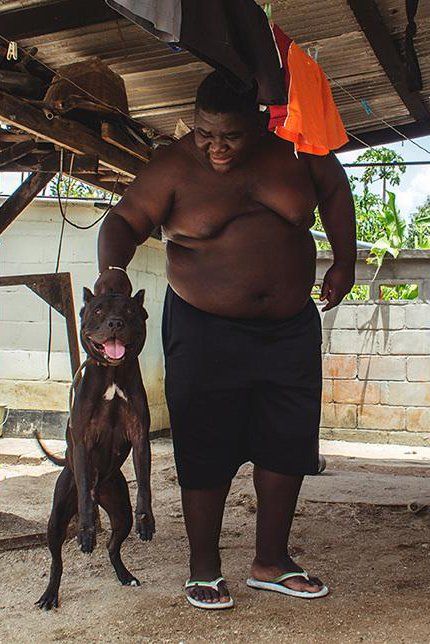
Once, he was a street boy. Now, Stacii Samidin works on his ultimate goal: to become the second-ever photographer to be signed by Magnum in New York. And you know what? He’s going to succeed. To celebrate the comeback of Interiorator after an off year, I meet up with an amazing person with an equally amazing story. “I’ve done enough internships this past decade. I don’t move for anybody. From now on, I belong to me.”
Lees je dit interview liever in het Nederlands? Kijk dan op de website van Kunstuitleen Rotterdam!
Stacii Samidin doesn’t move for anybody
What was your childhood like?
I grew up in the eastern part of Rotterdam. My parents were from Surinam, they made sure I had a great childhood. I went to secondary school and everything in my life went very normally. But after I had turned fourteen, I chose a different path. The wrong path. I was drawn to the street.
How do you look back at that time?
It was an adventurous and exciting period. At school, I made sure I passed every subject. But out of school, I did things nobody knew of.
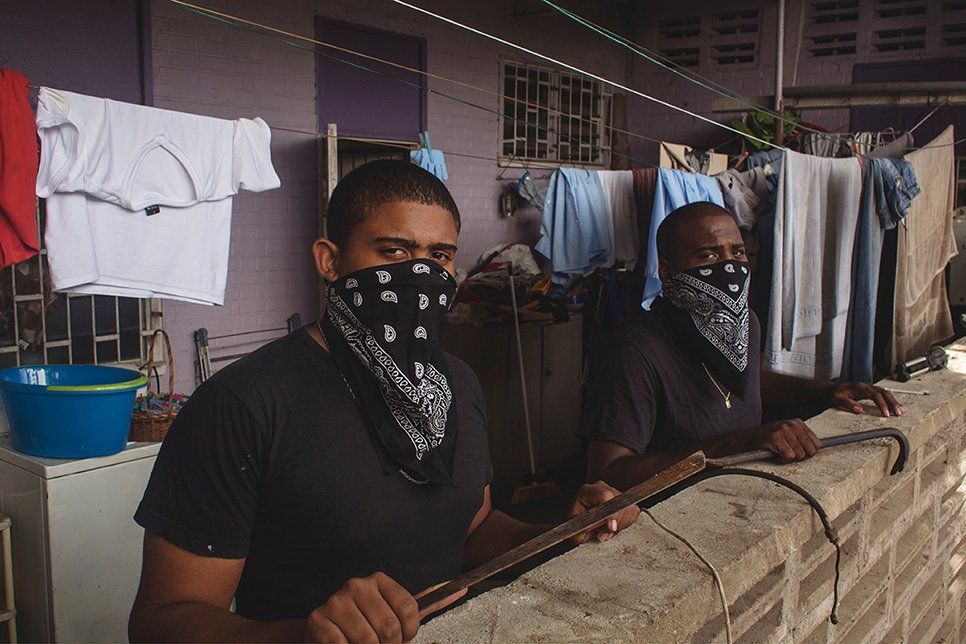

Didn’t you lead a bizarre double life?
I kept asking myself that question as I grew older. Your World, which is a local youth project here in Rotterdam, helped me formulate my goals. When I joined, I finally got the feeling someone listened to me. I also learned how to listen to other people. In the end, that’s what it’s all about. Super simple, right?
How did you start out as a photographer?
When I was young, I was a big fan of Helmut Newton. I just didn’t know how to become someone like him. Someone other people would look up to. Luckily, I met photographer Kees Spruijt through Your World. He taught me you could reach your goals by working hard and being patient. Kees took me places I had never been to in my life. Photography turned out to be my salvation.
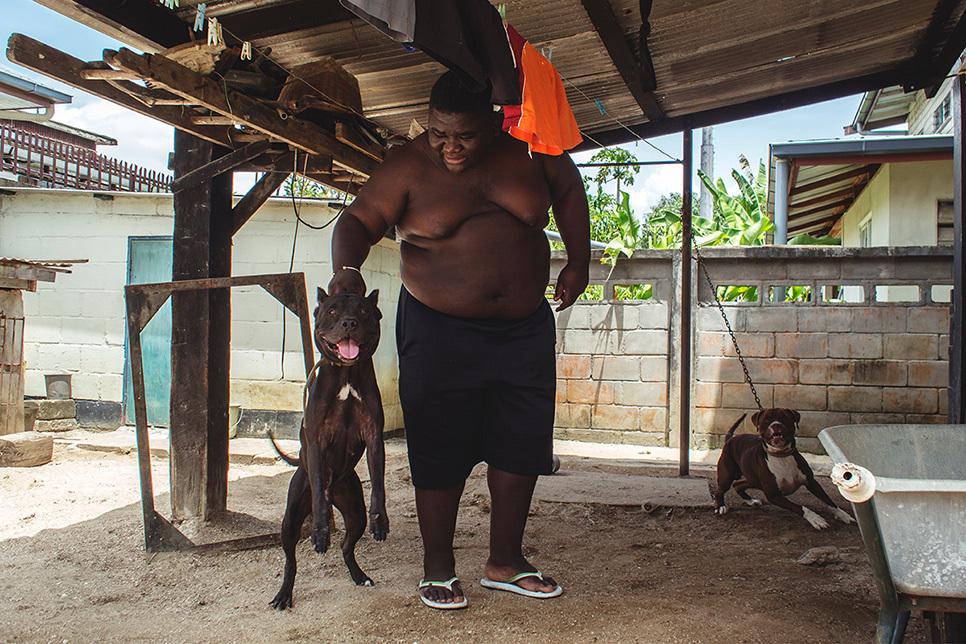

What sort of places do you mean?
Kees takes photos of groups of people – worlds, if you will. The first time he took me along, we went to a Feyenoord soccer game to observe the fans. And another time, we took photos of police officers. I thought that was really something, because I still get a bit nervous whenever I see a police officer. Kees meant a lot to me, he also taught me how to survive financially as a photographer.
I can imagine there are more young people out there who would love to become a successful photographer. What is the secret of your success?
The difference is that I come from the street. With my own work, I started with what I knew: my own surroundings. After that I started photographing other groups. I call them societies. At the University of Applied Photography, I didn’t just learn the tricks of the trade. The most important lesson I learned, was that I could be the Stacii I wanted to be. As I got better at what I did, I started doing photoshoots with real gangs. I also worked abroad for the first time, in the Paris banlieues and the Paramaribo underworld. That is where I realized why I used violence myself when I was young.
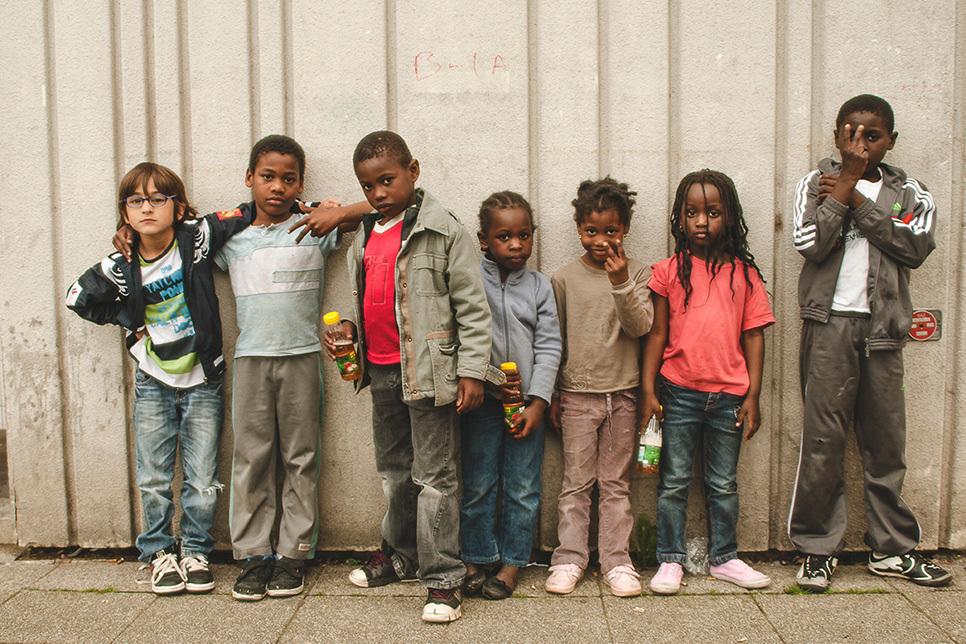


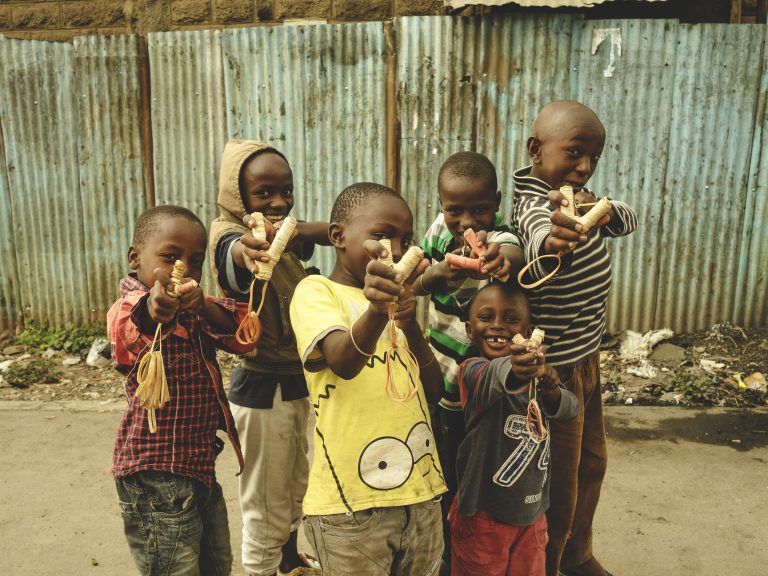
The obvious question to ask then is, why did you do it?
Everyone has a need to be heard. I didn’t have the means to express myself and so I had no other choice but to be a caveman. You don’t want to listen to me? Then I’ll just have to scream. If my parents had been artists, I could have painted my frustration on a piece of canvas.
How do you organize photoshoots with gangs?
It was easy to get in touch with them online. What I did find hard, however, is that their values no longer matched with mine. I get up in the morning and make a sandwhich, while the first thing they do in the morning is polish their weapon. As that difference gradually became clearer to me, I started to broaden my scope. I began to ask myself more often why these people are who they are. It resulted in a search for their roots. I started taking photos of landscapes, basketball courts and children. I no longer take photos of weapons or criminal activities.
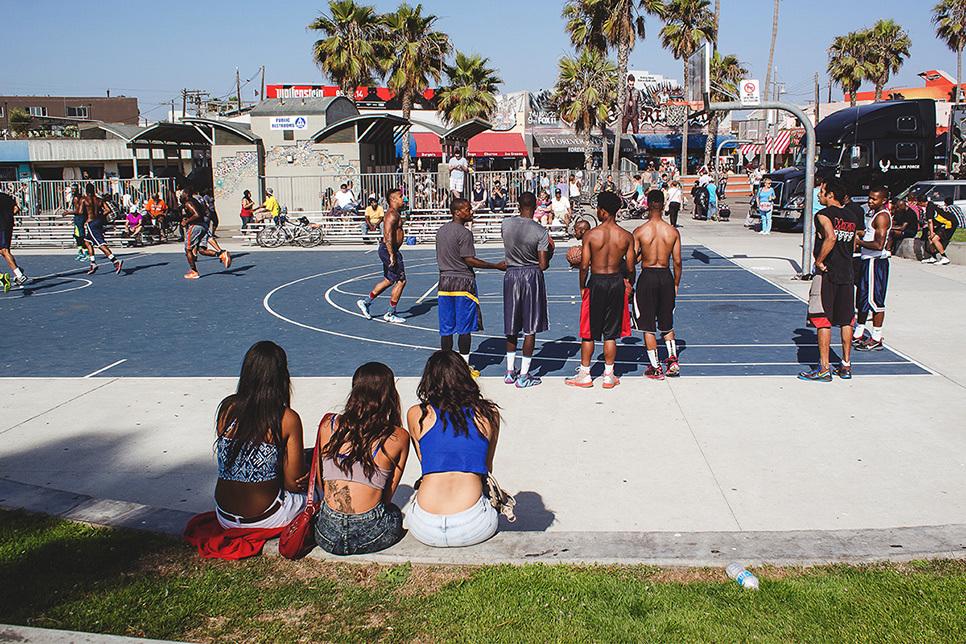

But when you still did, how did people react to you?
Of course, you stand out. I was an observer, not a participant. When you meet for the first time, greeting with just the right intonation is key. It can make or break the entire story. After that, it’s a matter of showing genuine interest. For me, that was the easy part. I think everyone is beautiful. I don’t take my camera out of my bag until the very last moment. I do that mostly for myself, I still get embarrassed by my camera. It’s a leftover from when I was young and thought I always had to act tough. But once I get started, it’s no longer about the photography. I just get taken away. I find it remarkable how people present themselves to me. I only take a photo once and never ask if people can or cannot do something. It’s about how they’re living their lives at that very moment.
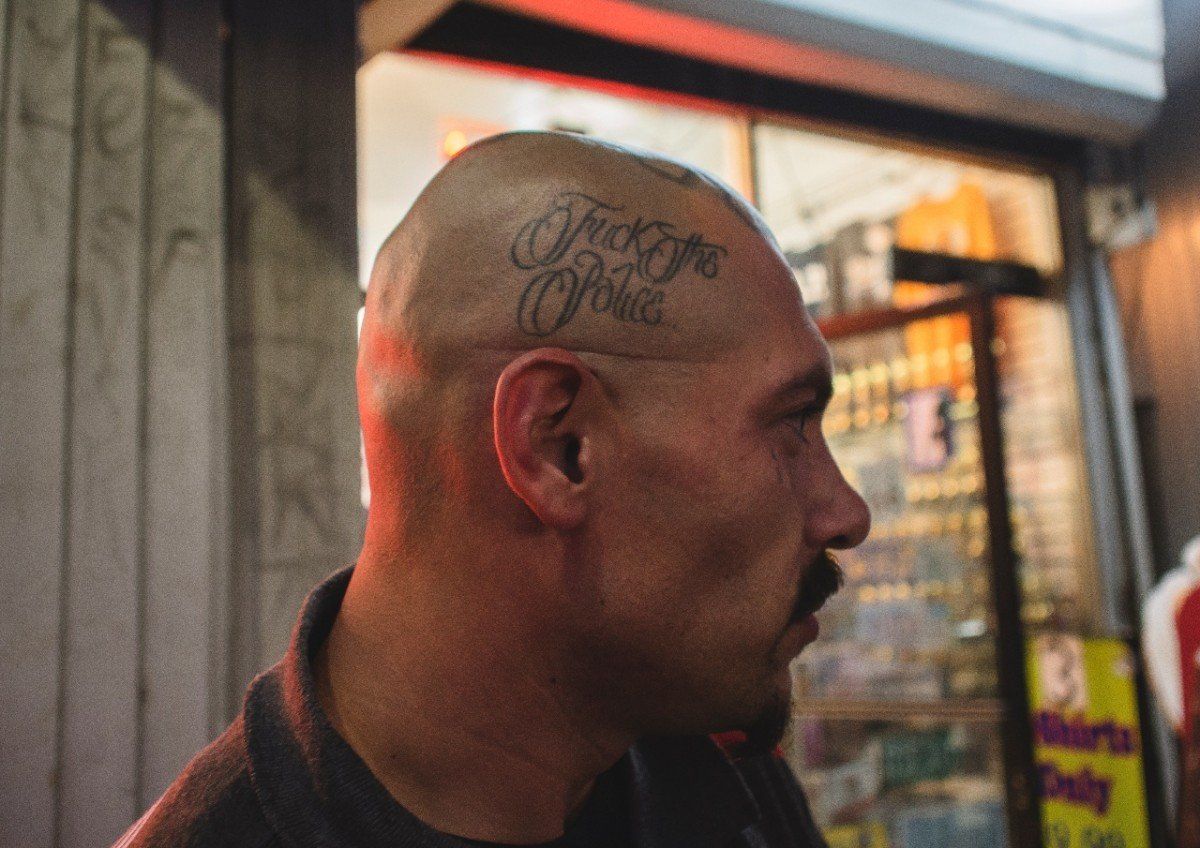

Do you work digitally or analog?
Out of respect for the great masters of photography, I shoot all my work using film. I find that analog photography as an art form isn’t finished quite yet. That’s why it doesn’t feel right for me to start working digitally. If you don’t know how analog works, you can’t say you understand photography. I have an archive of negatives that have never been printed. That is my gold. I will show them to the world when the time is right, but only in a gallery or a museum. It has to be a tribute to the people I have photographed. You don’t just throw their lives online.
What do you still want to achieve?
I want to be the second Dutch photographer to be signed by Magnum. Just to prove that you can come from the street and realize your dream. Of course, I could keep on dreaming. But then again, I only live once. So that’s it: Magnum. As a consequence, I have to behave Magnum now. Publishing a book also seems cool. But I feel I have to wait a bit longer before I do. I’m still developing as an artist. My work is growing larger and more layered. I want to publish a book that truly stands out. I have the patience for it. I’ve done enough internships this past decade. From now on, I belong to me. I don’t move for anybody. Bring it on.
